What are the common faults of bridge erection machines and how to eliminate them?
Travel fault: Walking jam may be caused by track deformation, debris blocking, wheel wear or reducer failure. It is necessary to correct the track, clean up debris, replace wheels or repair reducer; walking asynchrony may be caused by inconsistent motor speed and different tightness of drive chain. It is necessary to adjust motor parameters and chain tension.
Lifting fault: Lifting weakness may be caused by wire rope slippage, winch failure, insufficient pressure in hydraulic system. It is necessary to adjust wire rope tension, repair winch, and check hydraulic system; large shaking during lifting may be caused by unbalanced hoisting equipment and pulley block failure. It is necessary to adjust hoisting equipment and repair pulley block.
Electrical fault: The failure of motor to start may be caused by line break, contactor failure, thermal relay protection. It is necessary to check the line, replace contactor, and reset thermal relay; control system failure may be caused by program error or sensor failure. It is necessary to re-debug program and replace sensor.
Hydraulic failure: If the hydraulic system leaks, find the leak point and replace the seals; if the hydraulic cylinder moves slowly or does not move, it may be a hydraulic pump failure, oil circuit blockage, or electromagnetic reversing valve failure. It is necessary to repair or replace the hydraulic pump, clean the oil circuit, and inspect the electromagnetic reversing valve.
How often does the bridge erection machine need a comprehensive overhaul?
It is generally recommended to perform a comprehensive overhaul after completing a certain number of beam erection tasks (such as 50-100 beams) or every 3-6 months of use. However, if abnormal conditions are found in the equipment during daily use, such as severe deformation of structural components and frequent failures, a comprehensive overhaul should be arranged in time. During the comprehensive overhaul, in addition to a more in-depth and detailed inspection of daily maintenance items, it is also necessary to perform flaw detection on key components, conduct comprehensive debugging and performance testing on the hydraulic system and electrical system, and conduct a safety assessment on the entire equipment.



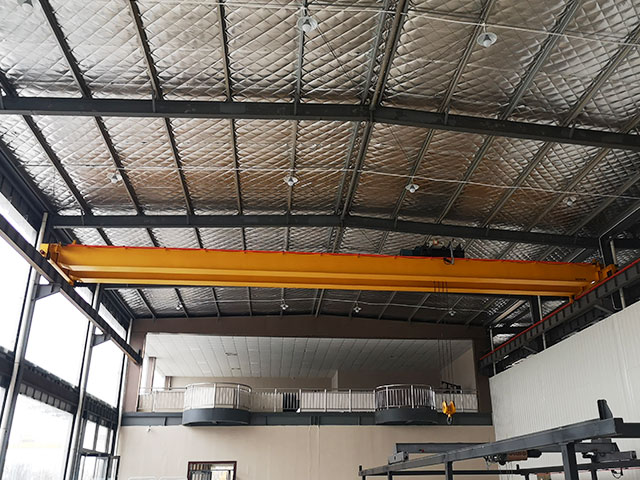
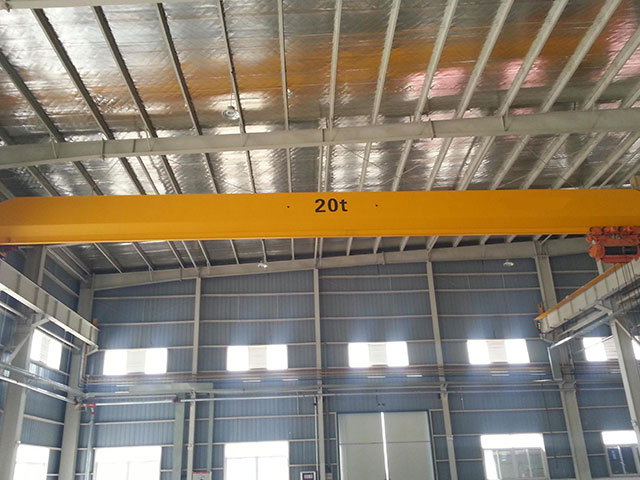
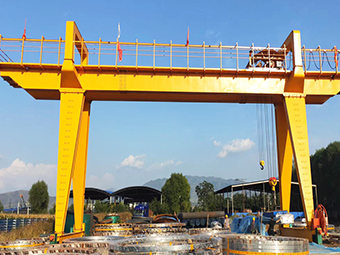
.jpg)

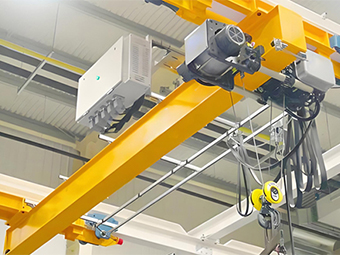
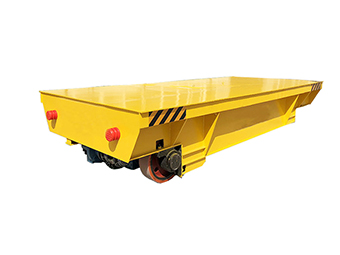
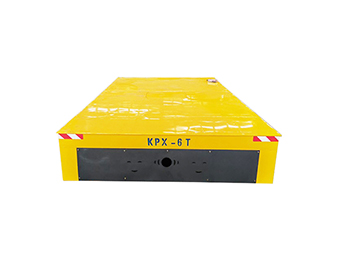
.jpg)



